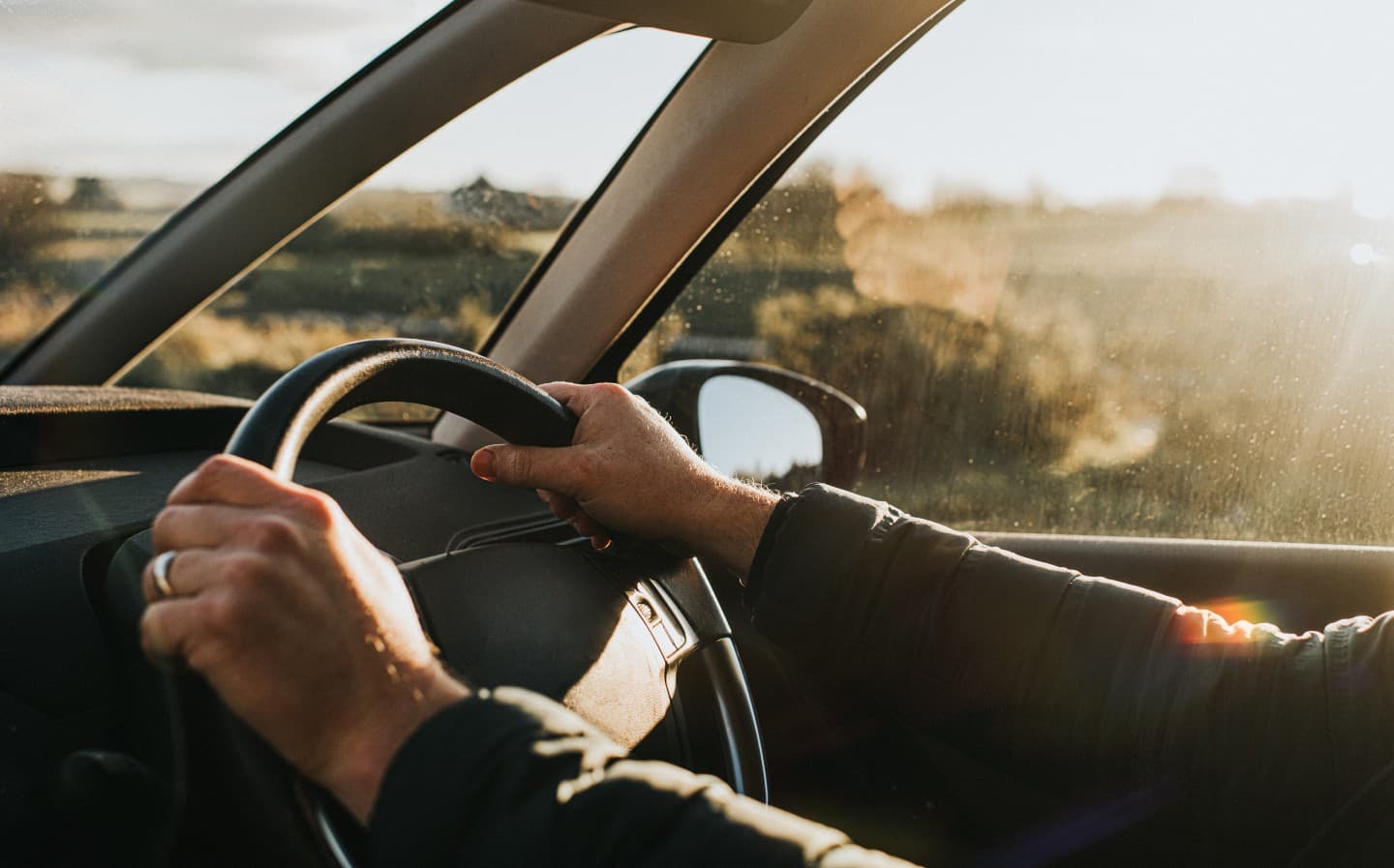
The Most Common Australia Driving Myths Busted
It’s important to be educated when it comes to driving in Australia. Many myths about driving in the country may not be true, and it’s easy to believe these myths without question if you need to do your research. This article will explore the most common instant cash for scrap cars about driving myths busted in Australia and whether they’re true or false!
Myth: Driving Under the Influence
It’s no secret that driving under the influence is illegal. But did you know that there are some myths surrounding this topic? Here are some of the most common driving myths busted about driving under the influence busted:
1: Driving Under the Influence is Not a Big Deal
Wrong! Driving under the influence is a serious offence that can result in jail time, hefty fines, and a loss of your driver’s license. Not to mention, it’s extremely dangerous. Drunk drivers are more likely to get into accidents, and those accidents are more likely to be serious or fatal.
2: I Can Drive If I Only Have One Drink
Wrong again! It doesn’t matter how many drinks you’ve had, if your blood alcohol content (BAC) is above 0.08%, you’re considered impaired, and driving is illegal. Even one drink can put you over the limit if you’re not careful. The best way to avoid getting behind the wheel when impaired is not drinking at all if you’re planning on driving.
3: I’m Fine to Drive as long as I don’t Feel Drunk
Nope! Just because you don’t feel drunk doesn’t mean your BAC isn’t over 0.08%. Alcohol affects everyone differently, so you could still be breaking the law even if you don’t feel impaired.
4: Driving with Mobile Phones
Many people think it’s okay to use their mobile phones while driving as long as they’re careful. Unfortunately, this is a myth. Driving with your mobile phone in your hand is distracting and dangerous. It can lead to accidents, injuries, and even death.
In Australia, using your mobile phone while driving is illegal unless you’re using a hands-free device. This means that you can’t hold your phone in your hand while you’re driving. You also can’t use your phone to make calls, send texts, or browse the internet. If you want to use your phone while driving, you must first pull over and stop in a safe location.
There are some exceptions to the rule, however. You can use your mobile phone if you need to call 000 (Australia’s emergency number) or if you need to use GPS navigation. But other than that, it’s best just to put your phone away and wait until you reach your destination before using it again.
5: Who Needs a License?
There’s a common misconception that you only need a driver’s license to operate a vehicle on public roads. While you don’t need a license to drive on private property, you could be fined or even arrested if you’re caught driving without a valid license on a public road.
A driver’s license is proof that you have the skills and knowledge to operate a vehicle safely and that you’re insured. Your insurance company may refuse to pay any claims if you’re involved in an accident without a valid driver’s license.
So, if you’re planning on driving on any public road in Australia, ensure you have a valid driver’s license. It’s the law!
Read More : 5 Tips To Sell Your Scrap Car Quick And Simple in Australia
6: How Fast Can I Drive?
One of the most common questions is how fast you can drive on Australian roads. The answer may surprise you – in most cases, the speed limit is a maximum, not a target.
Of course, there are always exceptions to the rule, and some locations do have higher average speeds, but by and large, Australians tend to stick to the posted limit. So, think again if you’re thinking of making a mad dash down the highway!
Here are some other driving myths we’ve heard over the years:
1. You don’t need to wear a seatbelt in the backseat.
2. Using your phone while driving is okay as long as you’re not holding it.
3. You can make right turns on red at any time.
4. You can continue for pedestrians at crosswalks.
7: Child Riding in the Back Seat
It’s a common belief that it’s safer for children to ride in the car’s back seat. However, this is only sometimes the case. Depending on the size and weight of the child, they may be better off in a front-facing car seat in the front passenger seat. If the airbags are turned off, the child can ride safely in the back seat. Always consult your car manual to see where your child should be seated.



